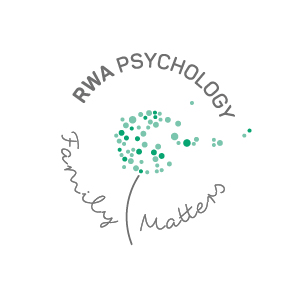You may have heard people talking about "mindfulness." It's a bit a buzzword these days, but for good reason. Mindfulness is a powerful technique that can be used to help deal with everyday stress, manage painful thoughts and emotions, and simply be in the very present moment.
When it comes to anxiety and depression, mindfulness is a great tool.
To get started with mindfulness, we're going to share a series of simple exercises (taken from the Black Dog Institute). Remember, practice is key to something new. If you find this to be challenging at first, hang in there - the benefits are worth it.
One Minute Exercise
Sit in front of a clock or watch that you can use to time the passing of one minute. Your task is to focus your entire attention on your breathing, and nothing else, for the minute. Have a go at this right now.
Mindful Eating
This involves sitting down at a table and eating a meal without engaging in any other activities - no newspaper, book, TV, radio, music, or talking.
Eat your meal, paying full attention to which piece of food you select to eat, how it looks, how it smells, how you cut the food, the muscles you use to raise it to your mouth, the texture and taste of the food as you chew it slowly.
You may be amazed at how different food tastes when eaten in this way and how filling a meal can be. This is also very good for the digestion.
Mindful Walking
This practice continues with the same principle of mindful attention. Begin slowly walking, then move your concentration on the feel of the ground under your feet and your breathing while walking. Just observe what is around you as you walk, staying IN THE PRESENT. Let your other thoughts go, just look at the sky, the view, the other walkers; feel the wind, the temperature on your skin; enjoy the moment.
Other thoughts will arise, and that is ok. Just notice them, then gently bring your attention back to your breathing and slow, methodical walking.
De-stressing Exercise
Bring yourself into the present by deliberately adopting an erect and dignified posture. Then ask yourself: "what is going on with me at the moment?"
Simply allow yourself to observe whatever happens. Notice any thoughts that you have and then leave them alone. Be prepared to let them float away. Attend to your breathing or simply take in your surroundings instead.
Besides thoughts, there may be sounds you hear or bodily sensations that you are aware of. If you find yourself constantly elaborating on thoughts, rather than labelling them and returning to the neutral, remember to observe your breathing. Find your breath.
When emotions or memories of painful events occur, don't allow yourself to become caught up by them. Give them short labels such as "that's a sad feeling", "that's an angry feeling" and then just allow them to drift or float away. These memories and feelings will gradually
decrease in intensity and frequency. More importantly, you will begin to identify yourself as an objective observer or witness rather than a person who is disturbed by these thoughts and feelings.
This requires practise but can be used whenever you are stressed. Practice these techniques every day. Follow the link to the Black Dog Institute or check out the Smiling Mind app on iOS or Android for more mindfulness exercises.

We've tailored the services at RWA Pyschology - Family Matters to all age groups from young children to adolescents and adults - and we have specialists in crisis, short/medium term counselling and longer term psychotherapy.
Call RWA psychology for an appointment with one of our psychologists.
